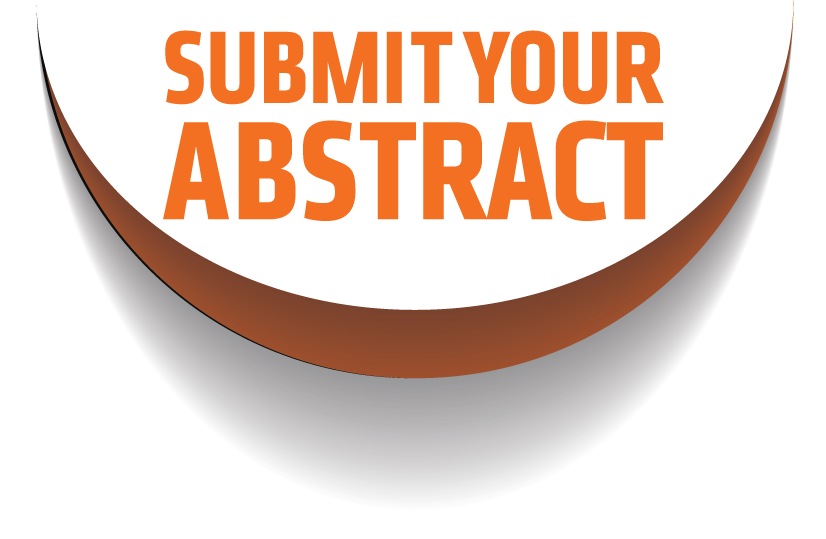
Matteo Moretti
IRCCS Galeazzi Orthopedic Institute, Italy
Title: Advanced 3D vascularized in vitro models of human bone and muscle to study tumor cell extravasation
Biography
Biography: Matteo Moretti
Abstract
Cancer metastases cause 90% of cancer deaths and affect different organs, depending on the tumor, e.g., breast cancer metastasizes to bone but not to skeletal muscle. Extravasation is the last critical step of metastatic cascade before organ colonization and for its investigation; standard in vitro models are oversimplified, while in vivo models are analytically limited and present species-specific differences in pathological mechanisms. Thus, we generated innovative in vitro models for the study of breast cancer cell (BCC) extravasation. Our models are based on 3D gels embedding co-cultures of human bone, muscle and vascular cells. They can be either microscale based on microfluidics or mesoscale, exploiting ad-hoc designed supports. BCCs injected into microvascular networks of our models extravasated more towards bone model, compared to control and to skeletal muscle model (56.5±4.8% vs. 14.7±3.6% vs. 8.2±2.3%) although permeability of the bone endothelium was lower. Furthermore, adenosine addition to the bone model decreased extravasation (12.7±2.8% vs. 56.5±4.8%) and the supplementation of a specific adenosine inhibitor in the muscle model increased BCC extravasation (32.4±7.7% vs. 8.2±2.3%). Furthermore, with these models we demonstrated the key role of Talin-1 protein in the extravasation process. We also generated the first 3D in vitro mesoscale models of metabolically active human bone and we have biofabricated a 3D human vascularized skeletal muscle environment, which not only incorporates a physiological muscle-specific vascular network, but also includes muscle-supporting fibroblasts recapitulating the structure of the endomysium. In conclusion, our 3D in vitro human models, vascularized and organ-specific allowed us to replicate the process of extravasation of breast cancer cells and to investigate its basic biological mechanisms, thanks to the control on the microenvironment and to the high resolution of analytical methods.

